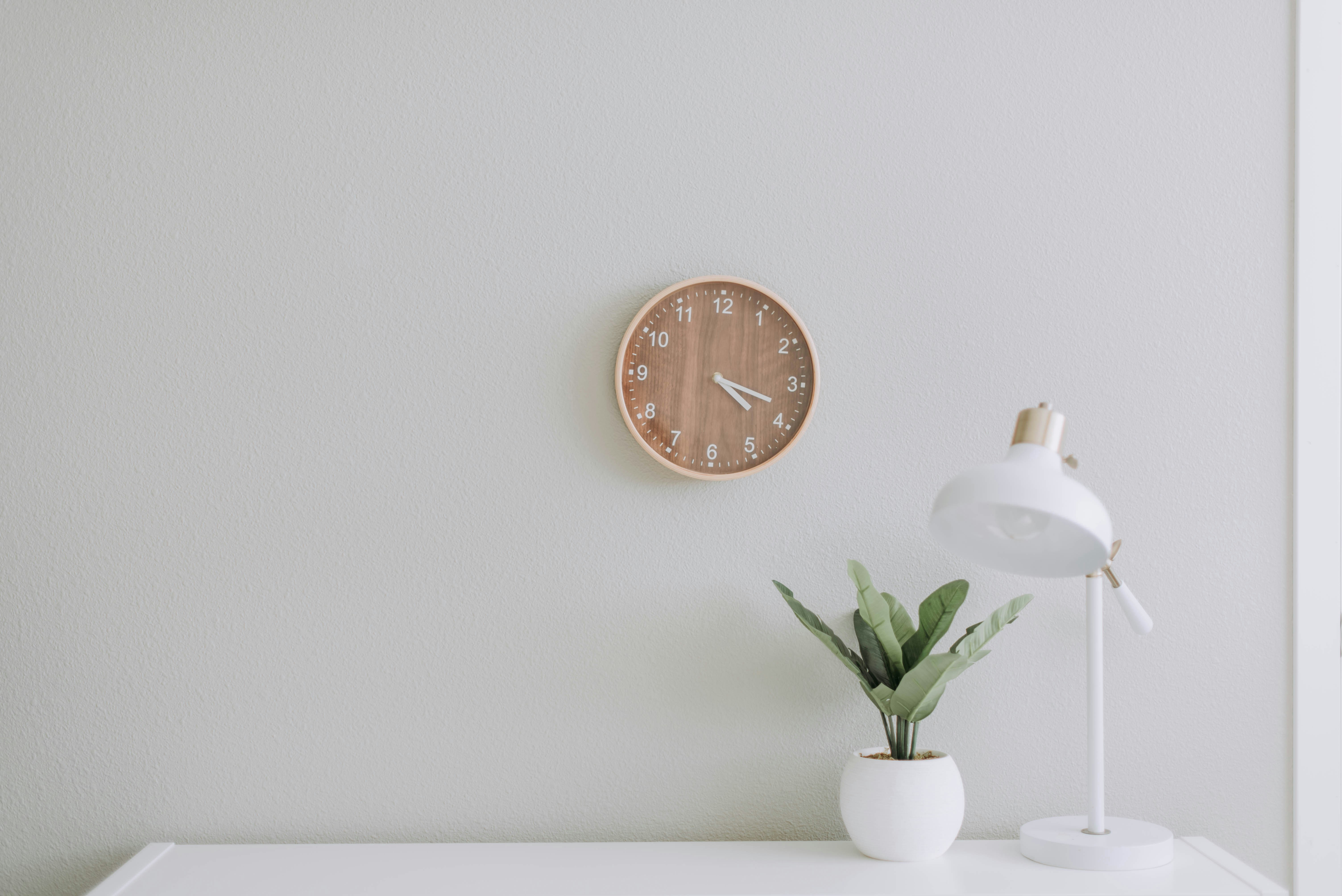Minimalism in Interior Design: Less is More
Kenjoo Manson
Sunday, May 12, 2024
Minimalism is more than just an aesthetic choice; it's a lifestyle that emphasizes simplicity and functionality. This article examines the principles of minimalist interior design and how it can create serene and clutter-free living spaces.
Decluttering and Simplification
Minimalist interior design is characterized by clean lines, a neutral color palette, and a focus on essential elements. The mantra "less is more" guides the design process, where every item has a purpose and contributes to the overall harmony of the space. One of the primary principles of minimalism is decluttering. By removing unnecessary items, spaces feel more open and tranquil. This approach not only enhances the visual appeal but also reduces stress and increases the usability of the space.
Use of Natural Materials
Another key aspect of minimalist design is the use of natural materials. Wood, stone, and metal add texture and warmth to the space without overwhelming it. These materials, combined with a restrained color palette, create a calming and cohesive environment. Natural materials also tend to be more sustainable and durable, aligning with the minimalist philosophy of quality over quantity.
Lighting
Lighting also plays a crucial role in minimalist interiors. Natural light is maximized through large windows and open layouts, while artificial lighting is kept simple and unobtrusive. Fixtures with clean lines and minimal ornamentation complement the overall aesthetic. Proper lighting design can enhance the feeling of space and highlight the simplicity of the decor.
Furniture and Functionality
Minimalist design is not about sacrificing comfort but enhancing it through thoughtful choices. Furniture pieces are selected for their quality and functionality, ensuring that they serve the needs of the inhabitants while contributing to the overall sense of order and calm. Multi-functional furniture, such as storage beds and extendable tables, can help maintain a clutter-free environment while maximizing usability.
Creating a Minimalist Space
Creating a minimalist space involves careful planning and consideration. Start by evaluating your needs and eliminating items that do not serve a purpose. Choose a neutral color palette to create a cohesive look and incorporate natural materials to add warmth and texture. Focus on quality over quantity, selecting pieces that are both beautiful and functional.
By embracing the principles of minimalism, interior designers can create spaces that are both beautiful and functional, providing a refuge from the chaos of modern life. Minimalism encourages mindful living and appreciation of the essentials, fostering a sense of peace and clarity.

